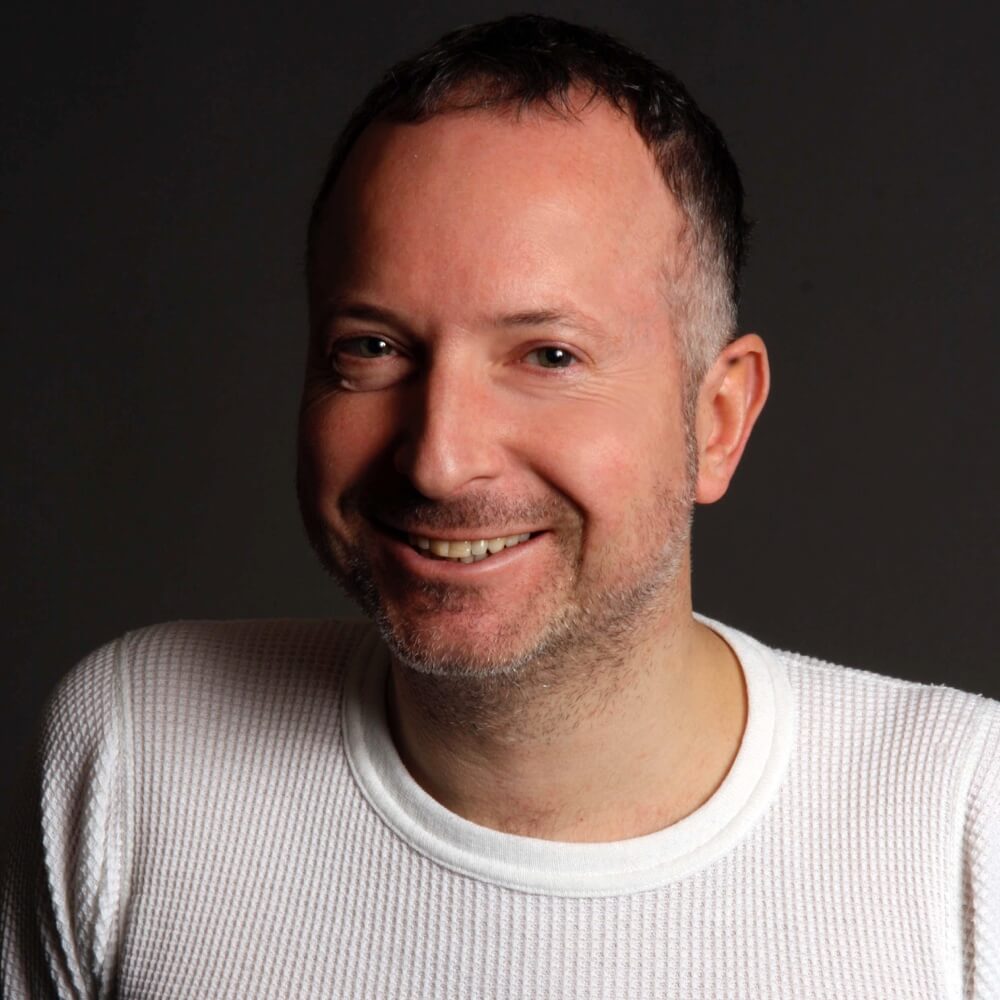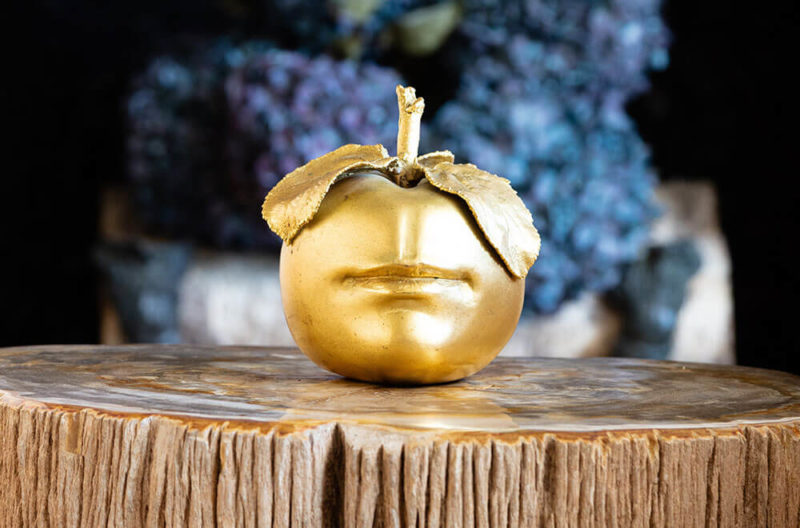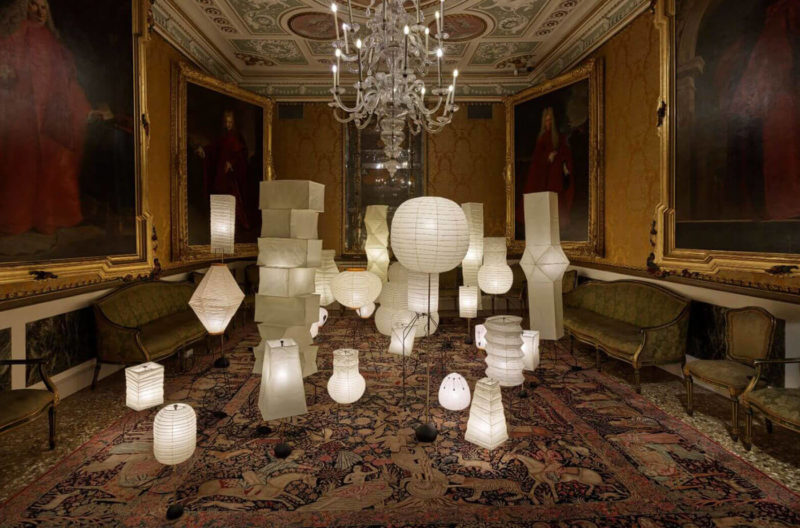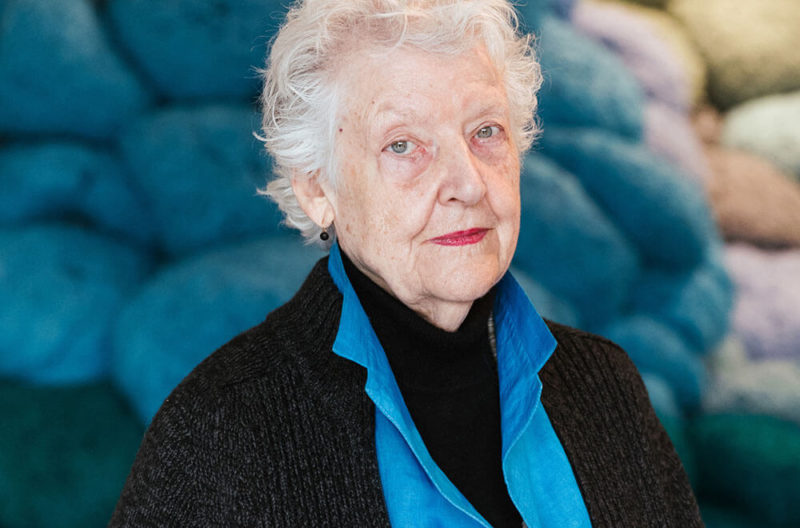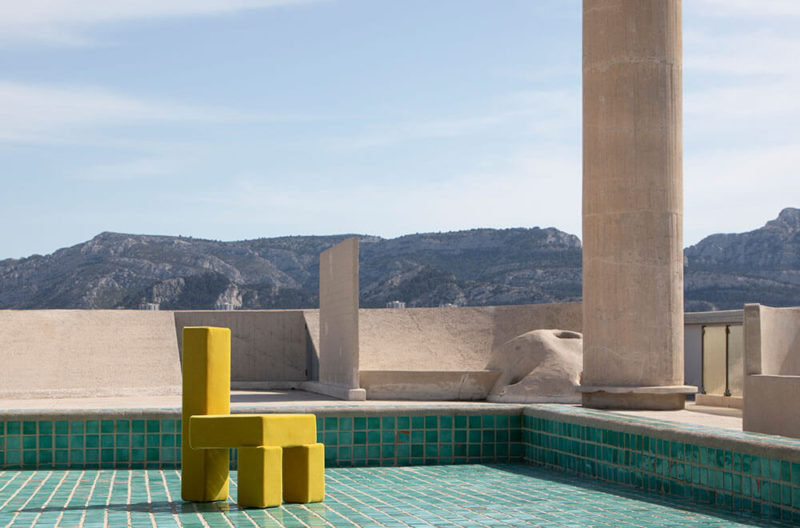Everything Flows: Zaha Hadid Design at Roca London Gallery
An exhibition of works developed by the company who continue to propagate and develop the vision of the renowned architect and designer.
Roca London Gallery
24th May – 22nd December 2022

Zaha Hadid Design x Cassina ‘Zephyr Sofa’, 2013
COURTESY: © Zaha Hadid Design / PHOTOGRAPH: © Jacopo Spilimbergo
“DESIGNING PRODUCTS WAS always a way for Zaha to test ideas fast,” Maha Kutay, co-director of Zaha Hadid Design (ZHD), tells The Design Edit. “Design moves at a much faster pace than architecture, so it was a good way for her to realise them quickly,” adds Woody Yao, ZHD’s other co-director.
ZHD, established by the late Zaha Hadid in 2006, is the design arm of Zaha Hadid Architects (ZHA), which the British-Iraqi architect founded in 1979, two years after graduating from the Architectural Association School of Architecture (AA). The desire to create finished products was perhaps particularly pertinent to – and rewarding for – Hadid, who for years was a paper architect. Her first built project was the Vitra Fire Station in Germany, completed in 1993. Famously rejecting Cartesian geometry, her practice gradually espoused liberatingly curvilinear forms.
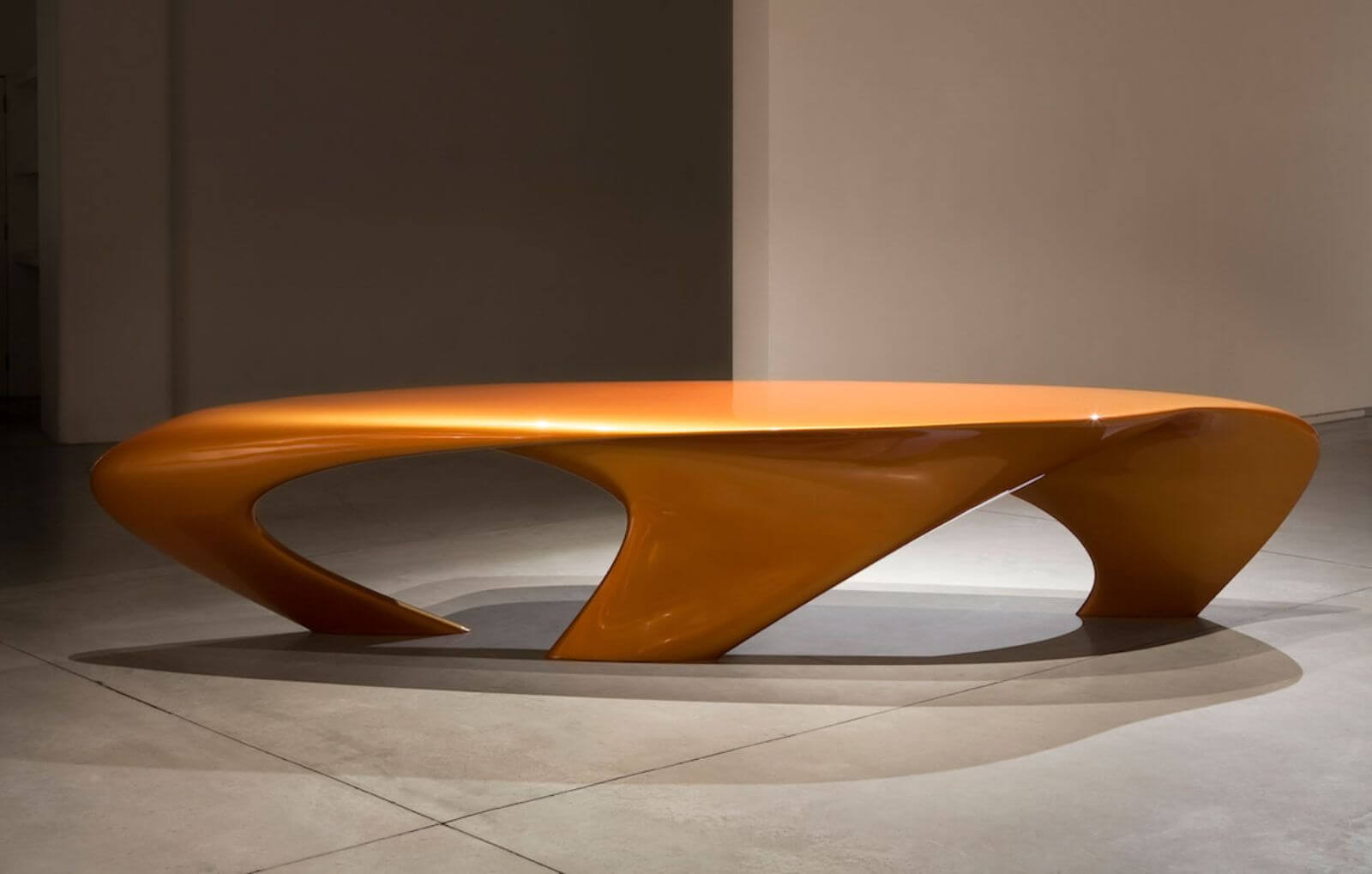
Zaha Hadid x David Gill Galleries, ‘Dune Formations Table’, 2007
COURTESY: Zaha Hadid / PHOTOGRAPH: © David Gill Galleries
Key pieces developed by ZHD over the past 15 years are currently being showcased at the Roca London Gallery at Imperial Wharf, near Chelsea Harbour, to mark the gallery’s tenth year. The show, co-designed by Yao and Kutay and called ‘Everything Flows’, features furniture, glassware, jewellery and fashion accessories. The work marries seamlessly with the fluid, curvilinear interior of the gallery, the design of which perfectly embodies Hadid’s aesthetic. It was designed by ZHA for the Spanish bathroom company, Roca, to reflect the company’s aqueous associations.
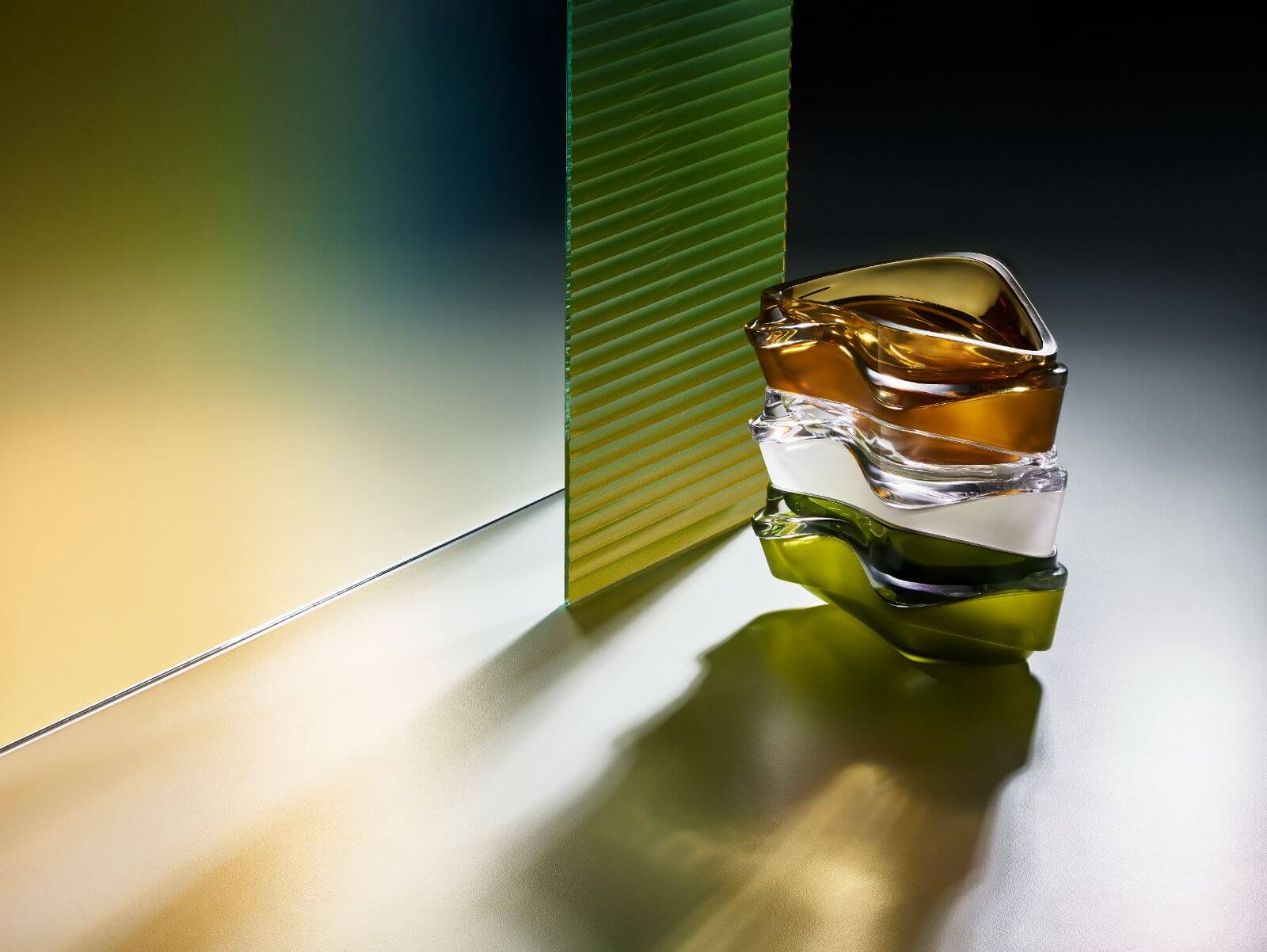
Zaha Hadid Design, ‘Plex Vessel’, 2020
COURTESY: © Zaha Hadid Design
ZHD encompasses the design of products, furniture, exhibitions and installations. But long before it was founded, Hadid saw design and architecture as complementing each other, says Kutay: “Design and architecture went hand in hand at ZHA. At the beginning of her career, while entering a lot of competitions, she was conducting research into design and products, too. The ideas for her architecture and design came from the same source.”
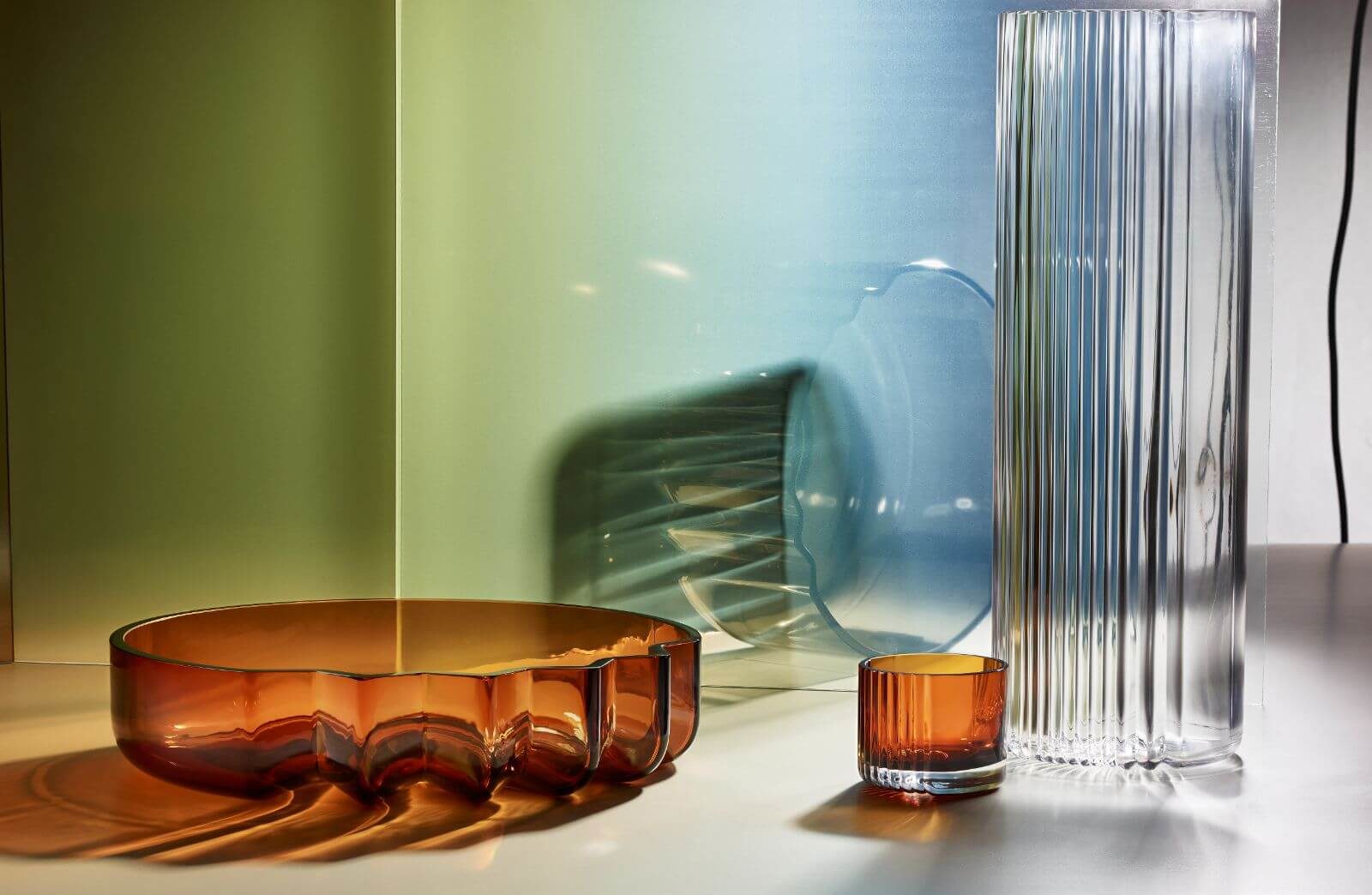
Zaha Hadid Design, ‘Pulse Glassware’, 2018
COURTESY: © Zaha Hadid Design
Yao and Kutay joined ZHA in 1993 and 1995 respectively. Yao has designed many exhibitions for the practice, including the retrospective, ‘Zaha Hadid, Architecture and Design’, held at the Design Museum in 2007. “For Hadid, exhibitions were often a vehicle for launching new concepts for products and buildings,” says Yao. In 1997, Kutay assisted with the design of Hadid’s first limited-edition product collaboration, the silver ‘Tea and Coffee Set’ for Sawaya & Moroni, whose dynamically diagonal forms echo those of her fire station.
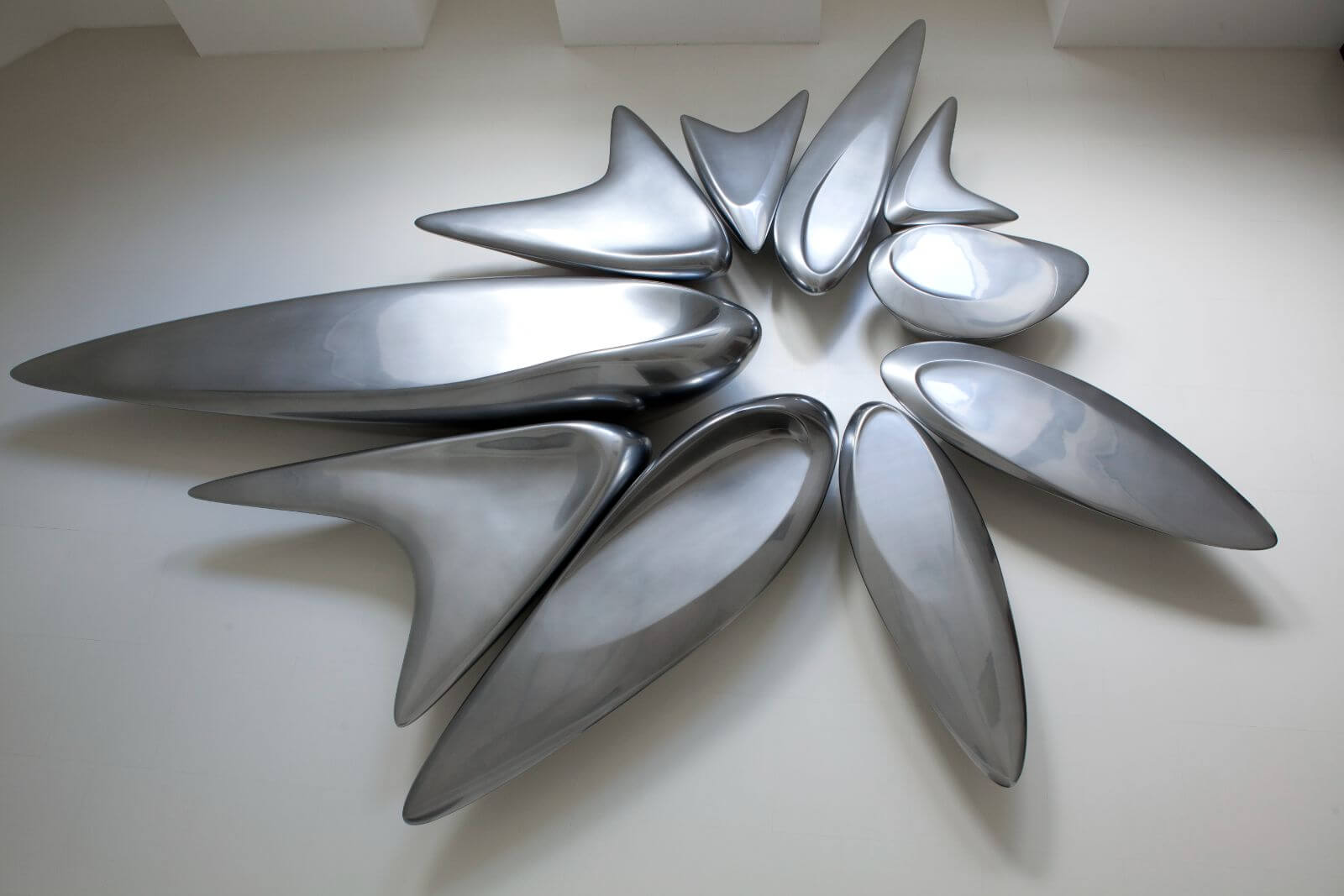
Zaha Hadid Design x Rover Gallery, ‘Kloris Seating’, 2008
COURTESY: © Zaha Hadid Design
“Although there’s a designated area for the exhibition, we wanted the show to pervade the entire space,” says Kutay. “We don’t want it to restrict the visitors’ movement. We want it to mimic the very special thing about Hadid’s architecture – that it’s full of surprises. We’ve included movies and projections, as we want the exhibition to be very immersive.” “Some movies show products being made, so people get a better understanding of this,” adds Yao. “For Zaha, the processes behind making products were as important as end products.”
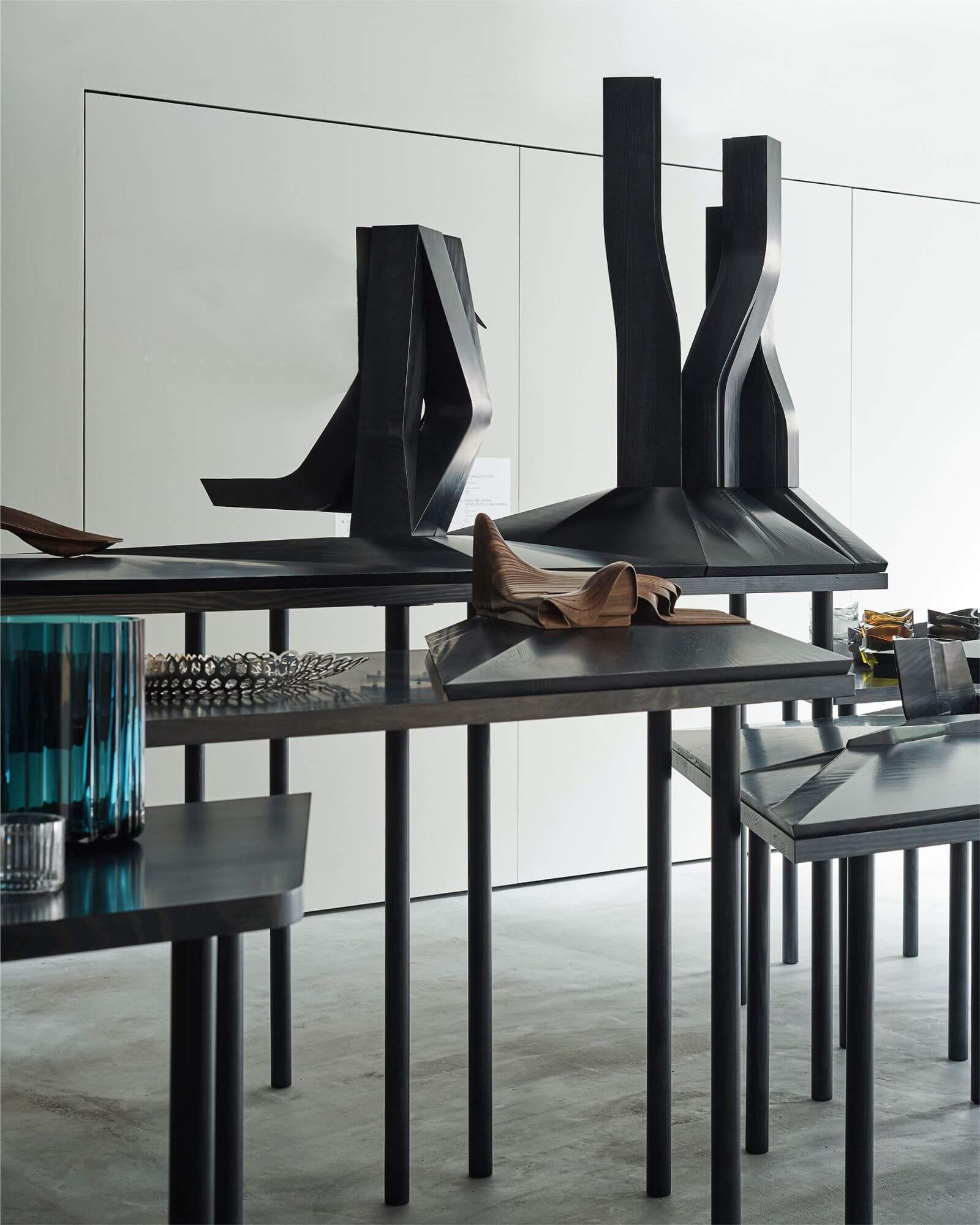
Zaha Hadid, ‘Landscape Display Tables’, 2021
COURTESY: Zaha Hadid / PHOTOGRAPH: ©Masaaki Inoue Bouillon
Objects on show include Hadid’s transparent, ice-like ‘Liquid Glacial Stool’ of 2015 for David Gill Gallery, her modular ‘Zephyr’ sofa system for Cassina, and her ‘Fontana’ bowl for Lalique’s Crystal Architecture collection. “We design for the clients, not for ourselves, so we make sure they keep their identity,” says Yao.
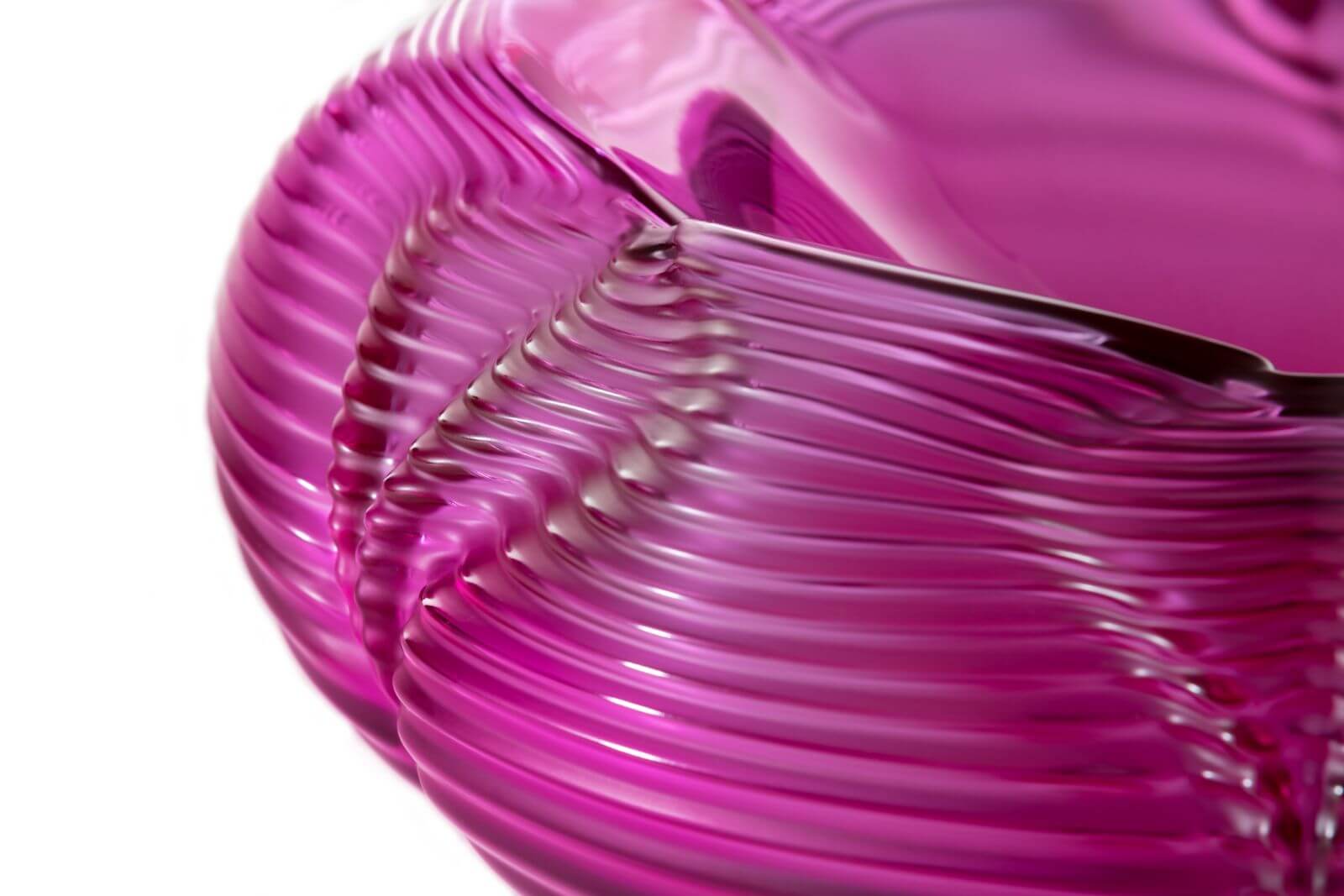
Zaha Hadid x Lalique, ‘Crystal Architecture Fontana Fuchsia’, 2016
COURTESY: Zaha Hadid / PHOTOGRAPH: © Lalique
The collaborations are symbiotic, since ZHD calls upon the specialist skills of the companies it joins forces with. This involves lateral thinking: “We’ve developed metal pieces with car manufacturers and fibreglass objects with boat-builders,” says Kutay. “We also work with young companies we think have potential and share our vision, such as eyewear brand The Owner,” says Yao. “Zaha supported young talent and we’d like to maintain that and push that further.”
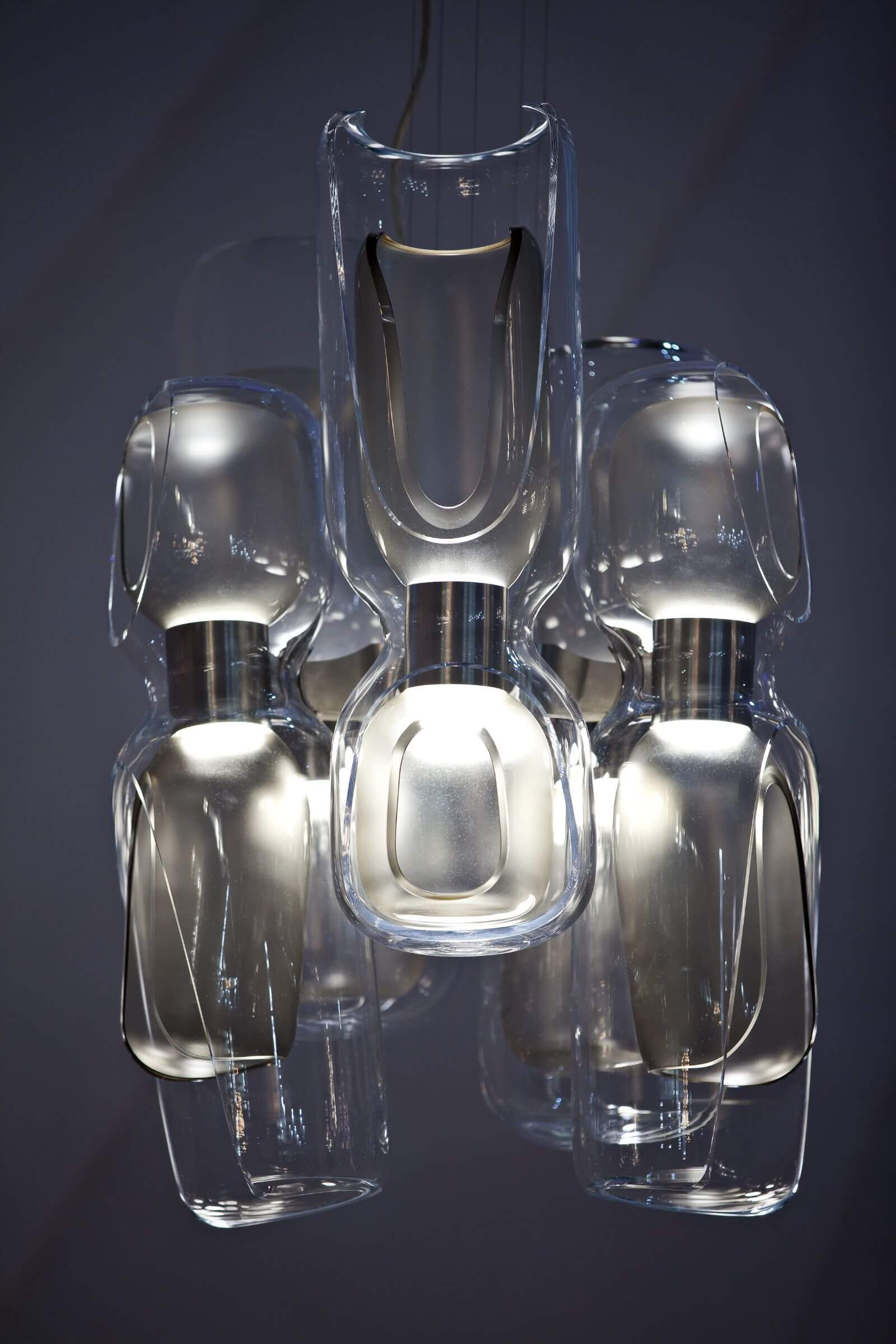
Zaha Hadid Design x Lasvit, ‘Eve Chandelier’, 2017
COURTESY: © Zaha Hadid Design / PHOTOGRAPH: © Jacopo Spilimbergo
Hadid’s design language, which developed organically from her personal vision and sensibility, was very strong. So how has her practice evolved since her death in 2016? Can its legacy be preserved? In some ways, Kutay and Yao are well placed to sustain it: “Between us, we’ve got 50 years of experience working with Zaha,” says Yao. “We spent a lot of time with her in the office and privately. We share her DNA, understand her vision and methodology.”
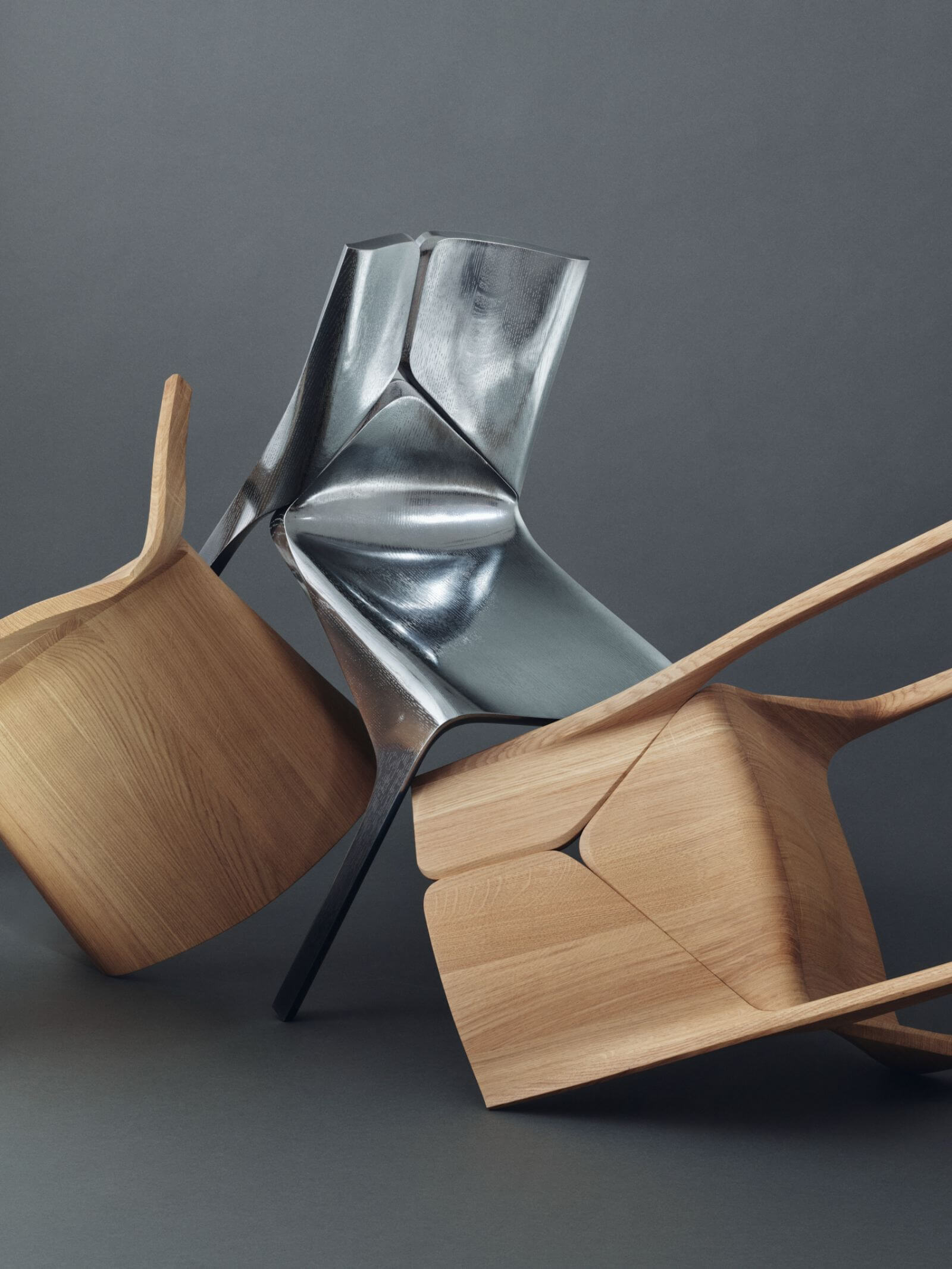
Zaha Hadid, ‘Karimoku Seyun’ prototype chair, 2022
COURTESY: Zaha Hadid / PHOTOGRAPH: ©Masaaki Inoue Bouillon
Kutay and Yao stress that their sole aim is to preserve Hadid’s sensibility; they have no wish to assert their own identities as designers. “We’ve been trained by Zaha,” says Kutay. “We’re designing under her vision.”
Nevertheless, according to Kutay, it’s early days for ZHD in terms of how it can develop, even though it was founded 16 years ago: “We’re strengthening the brand’s design arm, which took a few years to get off the ground.”
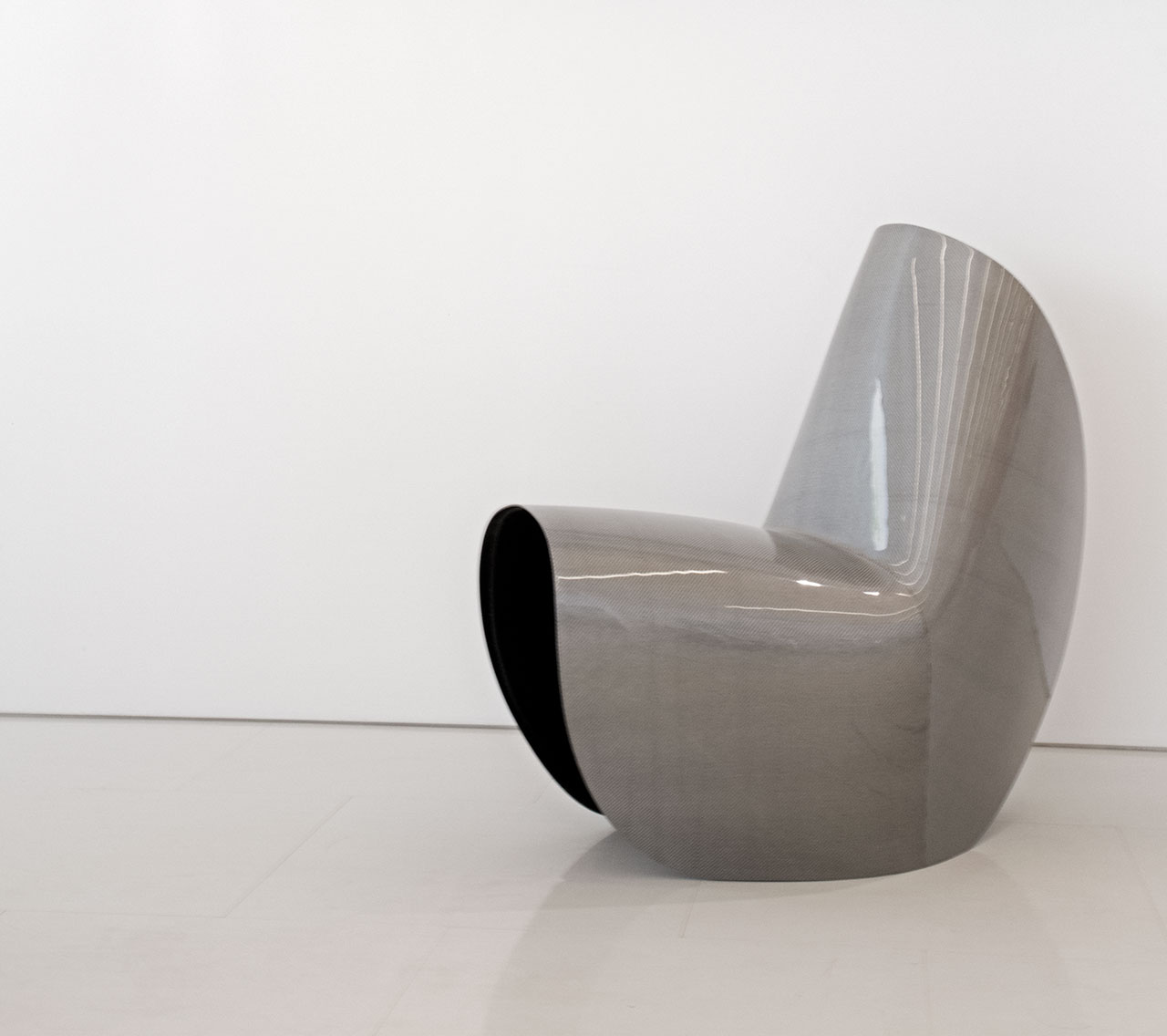
Zaha Hadid Design, ‘Kuki Chair’, 2016
COURTESY: © Zaha Hadid Design
But shouldn’t an experimental studio’s design language evolve after its founder’s death? And if not, does it risk becoming ossified? The answer, says Yao, is to avoid complacency. Risk-taking, he believes, is an essential part of ZHD’s DNA: “We’re never satisfied with things. We push and push, and the people we work with want to keep pushing, too.”
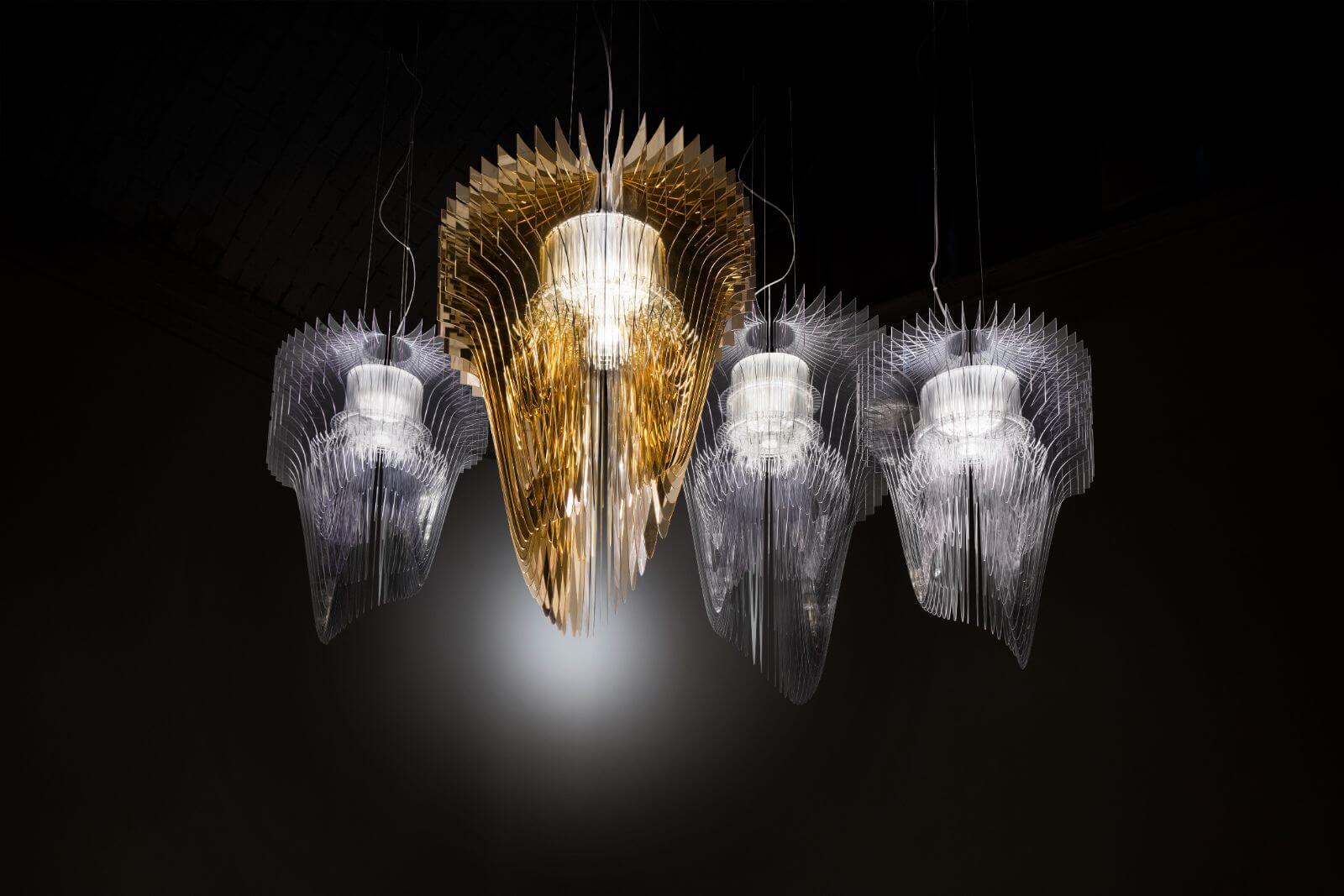
Zaha Hadid Design x Slamp, ‘Aria Avia Chandeliers’, 2013
COURTESY: © Zaha Hadid Design / PHOTOGRAPH: © Slamp
Everything Flows at Roca London Gallery.
